Free Risk Assessment Calculator redesigned in line with new standard
10th March 2008
Source:
Procter Machine Guarding
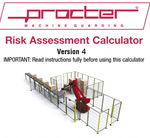
Procter Machine Guarding has redesigned its popular free Risk Assessment Calculator in line with the requirements of the recently published international standard EN ISO 14121-1:2007 (Safety of machinery. Risk assessment. Principles), which has replaced EN 1050.
The new standard is largely similar to the old one, but Annex A in particular, 'Examples of hazards, hazardous situations and hazardous events', contains significant changes. Table A.1 has been redrawn so that, instead of simply listing hazards under various headings (eg mechanical, electrical, thermal), it now presents groups of hazards and gives examples of both the origin and potential consequences. Users can therefore no longer read down the list and assess the hazards; rather they have to look at the origins and consequences to decide which are applicable to their machine design.
In addition, Table A.3, 'Examples of hazardous situations', addresses situations throughout the machine's lifecycle where a person is exposed to at least one hazard, and Table A.4, 'Examples of hazardous events', lists hazardous events associated with various origins.
Taking into account the difference between EN 1050 and EN ISO 14121-1 and their British equivalents BS EN 1050 and BS EN ISO 14121-1, Procter Machine Guarding has revised and updated its popular Risk Assessment Calculator.
The Risk Assessment Calculator is based on a Microsoft Excel spreadsheet, though very little knowledge of this software package is required in order to use the tool. Checklists enable risk assessments to be carried out on almost any machinery, with users simply having to enter the data and select values to use for 'Likelihood of Occurrence', 'Frequency of Exposure', 'Degree of Possible Harm' and the 'Number of Persons at Risk' from the look-up tables. A Hazard Rating Number (HRN) and Risk Level are calculated automatically for each identified hazard, with colour coding and numerical values indicating where users should consider taking action.
If users require further assistance with performing risk assessments or in taking remedial action, Procter Machine Guarding can either help directly or put users in touch with appropriate experts.
In addition, Table A.3, 'Examples of hazardous situations', addresses situations throughout the machine's lifecycle where a person is exposed to at least one hazard, and Table A.4, 'Examples of hazardous events', lists hazardous events associated with various origins.
Taking into account the difference between EN 1050 and EN ISO 14121-1 and their British equivalents BS EN 1050 and BS EN ISO 14121-1, Procter Machine Guarding has revised and updated its popular Risk Assessment Calculator.
The Risk Assessment Calculator is based on a Microsoft Excel spreadsheet, though very little knowledge of this software package is required in order to use the tool. Checklists enable risk assessments to be carried out on almost any machinery, with users simply having to enter the data and select values to use for 'Likelihood of Occurrence', 'Frequency of Exposure', 'Degree of Possible Harm' and the 'Number of Persons at Risk' from the look-up tables. A Hazard Rating Number (HRN) and Risk Level are calculated automatically for each identified hazard, with colour coding and numerical values indicating where users should consider taking action.
If users require further assistance with performing risk assessments or in taking remedial action, Procter Machine Guarding can either help directly or put users in touch with appropriate experts.
Similar articles
More from Procter Machine Guarding
- Automated warehouse guarding designed, manufactured and installed 25th July 2011
- ISO 13857, the new standard for machinery safety distances 12th June 2008
- Free Risk Assessment Calculator redesigned in line with new standard 10th March 2008
- Free guide to the new Machinery Directive 10th March 2008





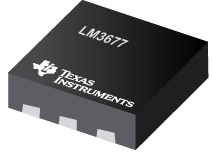

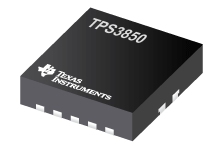
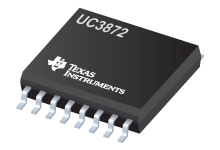

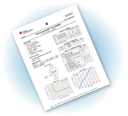

Write a comment
No comments